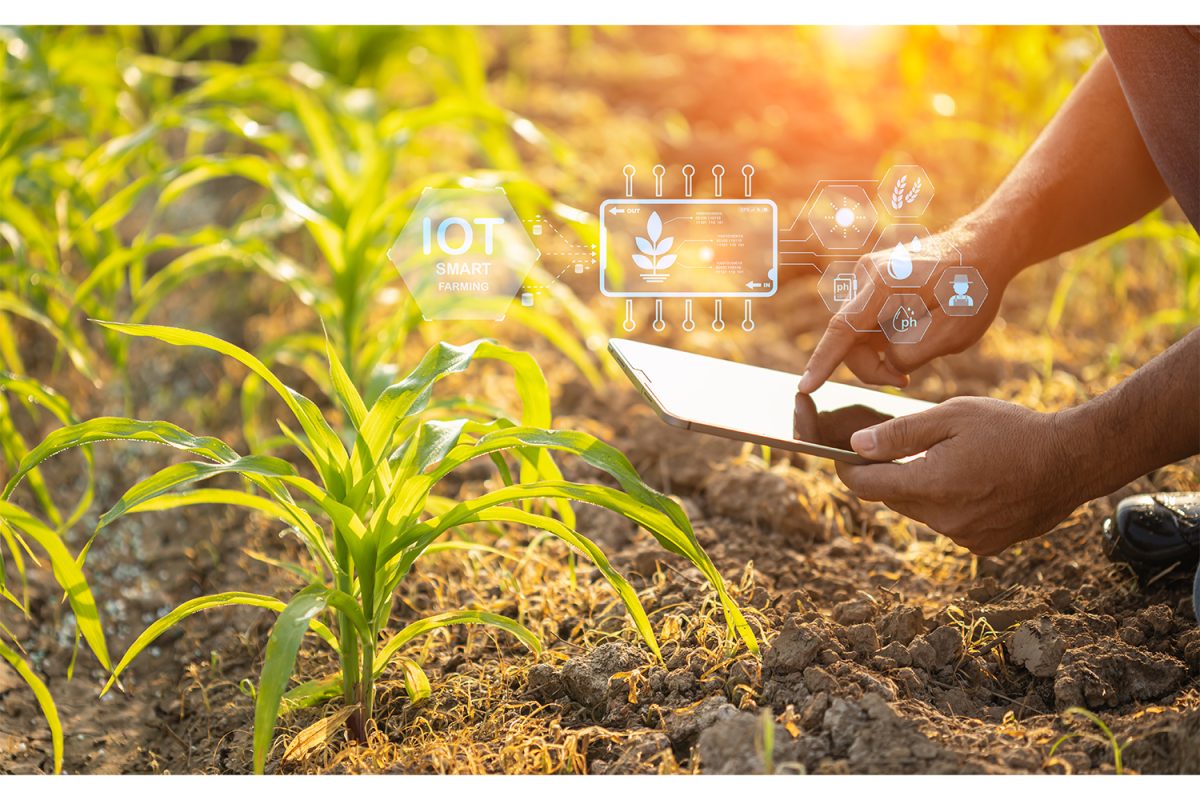Artificial intelligence technologies are advancing at an unprecedented pace, and with each passing year, these systems are surpassing human performance.
The problem with the nonstop development and training of these technologies is the toll they are taking on our environment. Between the manufacturing of servers, microchips, and the accelerated creation of e-waste, AI is doing much more harm to our planet than good.
E-waste, which refers to discarded electronic devices and equipment – whether they are functioning, broken, or donated items – contains harmful chemicals such as lead, chromium, and mercury. These toxic materials can pollute soil and contaminate water sources, endangering both the planet’s health and the well-being of the global population.
However, e-waste also contains valuable metals like gold, silver, copper, and aluminum. If we shift the narrative from “cleaning up e-waste” to “collecting valuable metals,” we could address the economic aspect of the issue while also reducing its environmental impact. A study on e-waste published in Nature Computational Science predicts that by 2030, around 1,000 times more e-waste will be produced than the amount created in 2023.
Rapid tech development is prioritized over the environmental impact. Focusing on creating a more sustainable AI manufacturing process or decreasing excessive energy consumption would be costly for tech companies because they would have to halt current production and development.
Increasing the lifespan of these devices would help to cut down the waste, since AI devices typically only last two to five years.
This brings up data security concerns, though, because destroying a device is the best way to completely erase personal information. If the equipment is being recycled, sensitive information must be deleted beforehand, especially if the device belongs to a company dealing with confidential data.
AI’s environmental impact goes beyond e-waste, though.
AI microchips contain precious metals typically mined unsustainably that are difficult to recycle without releasing hazardous substances into the air and soil.
The manufacturing process of these AI chips, or semiconductors, creates a substantial ecological footprint. Not only does the process require large amounts of water and energy, but it also emits toxic chemicals and greenhouse gases.
In addition, AI uses water as a form of energy. ChatGPT drains 500 milliliters of water just to respond to every five to 50 prompts. Comparatively, a solitary Google search only uses half a milliliter of water in energy.
AI’s disproportionate water usage comes from various sectors of the industry. Water is used to cool servers and data centers and is also used as a form of electricity in the U.S.
The U.S. is considered a primary user of thermoelectric power plants that indirectly affect the water footprint of data centers.
The environmental issues caused by AI will never be solved without global cooperation. This is not just a problem seen in the U.S. but in every country that uses or manufactures AI technologies.
Renewable energy could be used to power these technologies rather than relying on water, which is already an increasingly scarce natural resource. Optimizing model efficiency of AI systems would also reduce their carbon footprints.
Nothing has been done thus far by tech companies to reduce their carbon footprints or make AI manufacturing less harmful. With that being said, companies like Amazon are finding sustainable ways to use AI, including cutting down packaging waste, food waste, and analyzing products to measure their carbon footprint.
Government policies need to mandate water usage for AI tech companies, and new e-waste recycling protocols must be established. This doesn’t have to be an ongoing issue; with the extensive research proving how damaging AI has been to the environment and the multiple solutions suggested to fix the problem, all the government and tech companies need is the support and attention of the public.



